Picture this: a warm, sunny meadow buzzing with life, the air thick with the sweet scent of wildflowers, and a gentle hum that signals nature’s most industrious architects at work. Bees—tiny, tireless, and often misunderstood—are the unsung heroes of our world. On World Bee Day, we peel back the veil and peer into the heart of the hive, where science, teamwork, and mystery blend together in a story more dramatic and dazzling than any fiction. Get ready to be amazed, amused, and maybe even a little inspired as we journey into the hive mind and discover why bees deserve more than just a passing glance.
The Birth of World Bee Day
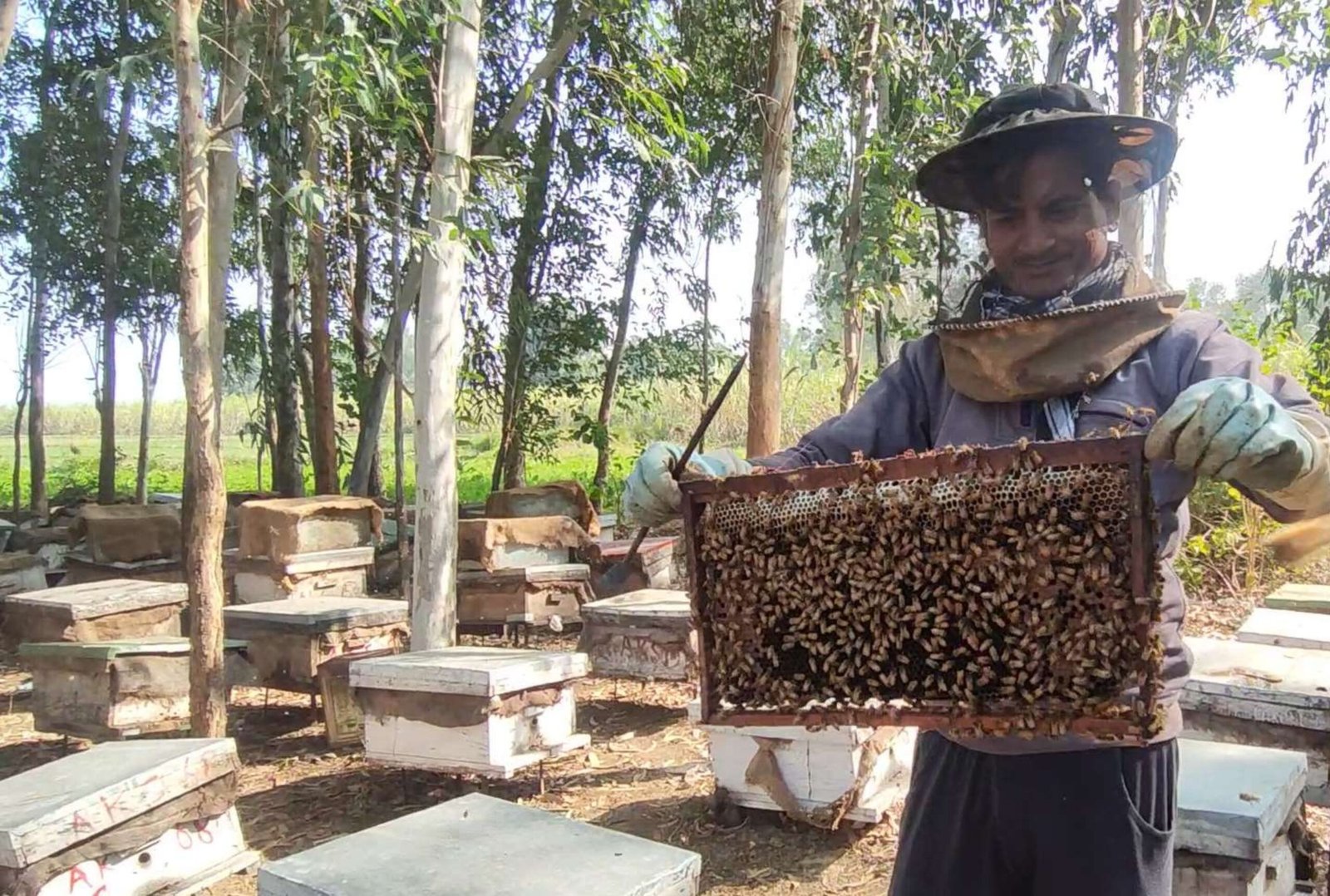
World Bee Day, celebrated every May 20th, is more than a date on the calendar—it’s a heartfelt global tribute. The day was chosen to honor Anton Janša, a pioneer of modern beekeeping, whose birthday falls on that day. Governments and communities around the world use this moment to shine a light on bees’ vital roles and the threats they face. It’s a chance to unite people, from school children to scientists, in appreciation and action. Every year, World Bee Day sparks hope, conversation, and sometimes a little outrage at how easily we take these creatures for granted. The buzz is real—and it’s about time.
The Superorganism: Hive as One Mind

Imagine if your entire neighborhood acted with a single purpose, communicating silently yet perfectly. That’s what a bee colony does—a superorganism where tens of thousands of individuals move, work, and make decisions as if they share a single brain. The hive mind is not just a metaphor; it’s a reality shaped by complex chemical signals, dances, and social roles. Scientists are still unraveling how these tiny creatures synchronize so seamlessly. It’s a level of cooperation that would make any human organization jealous. The hive offers a glimpse at how intelligence can be distributed across thousands of minds, yet act as one.
The Queen Bee: Monarch or Servant?
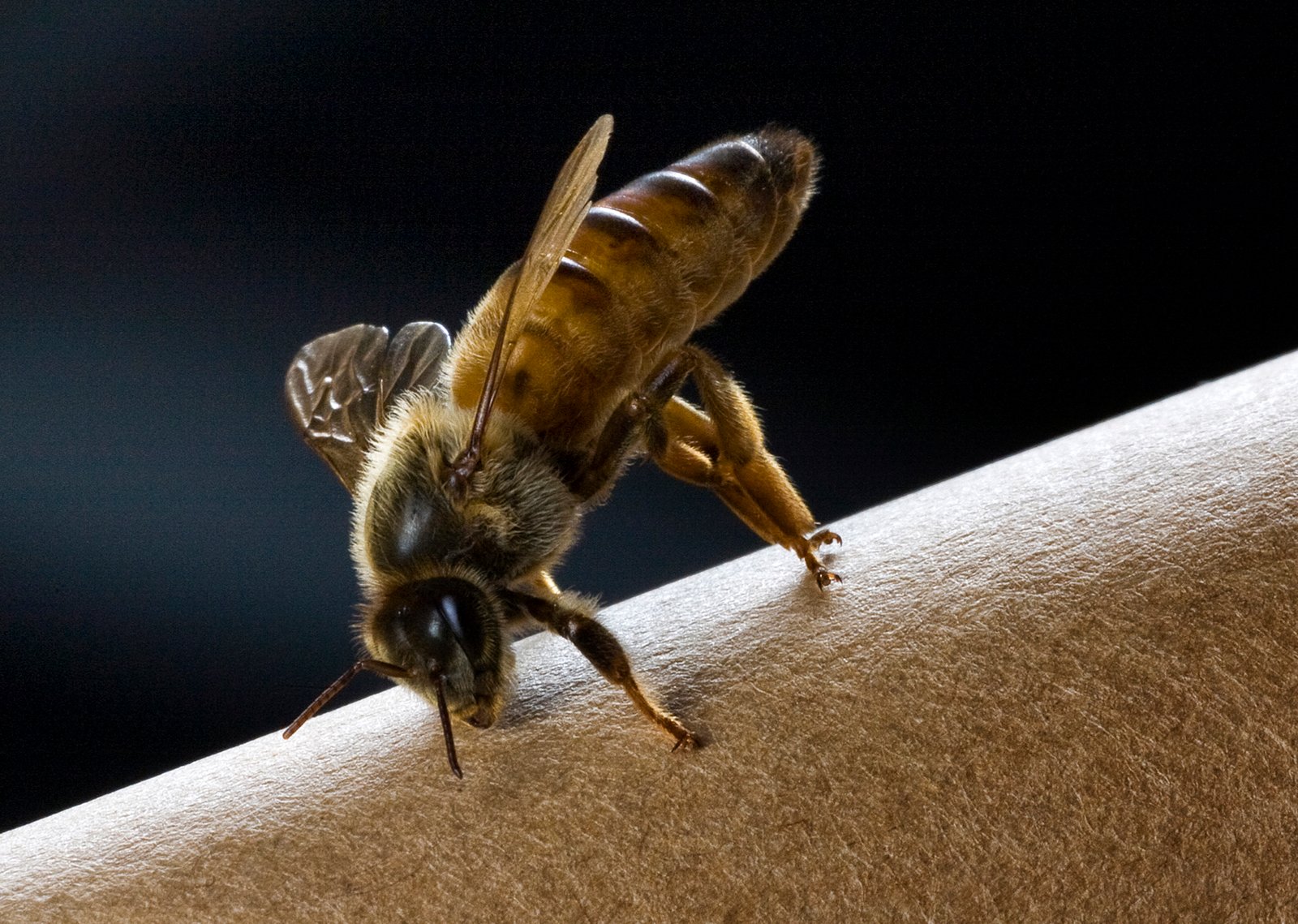
The queen bee is often painted as the ruler of her realm, but her power is more nuanced—and a little tragic. She is the mother of all, laying up to 2,000 eggs a day, yet her fate is controlled by her workers. Surrounded by loyal attendants, she emits pheromones that unite the hive and suppress rivals. But if she falters, the workers will swiftly replace her, sometimes by raising a new queen from an ordinary larva. The queen’s life is a delicate balance of privilege and pressure, revealing the hive’s ruthless commitment to survival.
Worker Bees: Nature’s Tireless Laborers

Worker bees are the backbone of the hive, and their energy is nothing short of heroic. Born female, these bees take on a dizzying array of jobs—nurse, builder, cleaner, guard, and forager—shifting roles as they age. Their days are packed with purpose, whether feeding larvae, tending the queen, or flying miles to gather nectar. It’s a life of constant motion, and a single worker may visit thousands of flowers in her short lifetime. Despite the grind, they display a kind of collective joy, their dances brimming with the thrill of discovery.
Drones: The Mysterious Males
Drones are the hive’s odd men out—literally. Their sole purpose is to mate with a queen, often from another colony, during a spectacular aerial “drone congregation.” They don’t gather nectar or help with chores. While their role may sound glamorous, it comes with a price: a successful mating flight means instant death. Drones that don’t mate are evicted from the hive as winter approaches, their lives a stark reminder that every member of the colony exists for the greater good.
The Language of the Waggle Dance
Bees don’t need words to share complex information. The waggle dance is their secret code, a mesmerizing figure-eight movement that tells other bees exactly where to find the best nectar. The angle and duration of the waggle part of the dance indicate the direction and distance to the flowers relative to the sun. Researchers have watched, fascinated, as bees interpret and act on these directions with astonishing accuracy. It’s a living GPS, powered by instinct and perfected over millennia.
Pheromones: Chemical Conversations
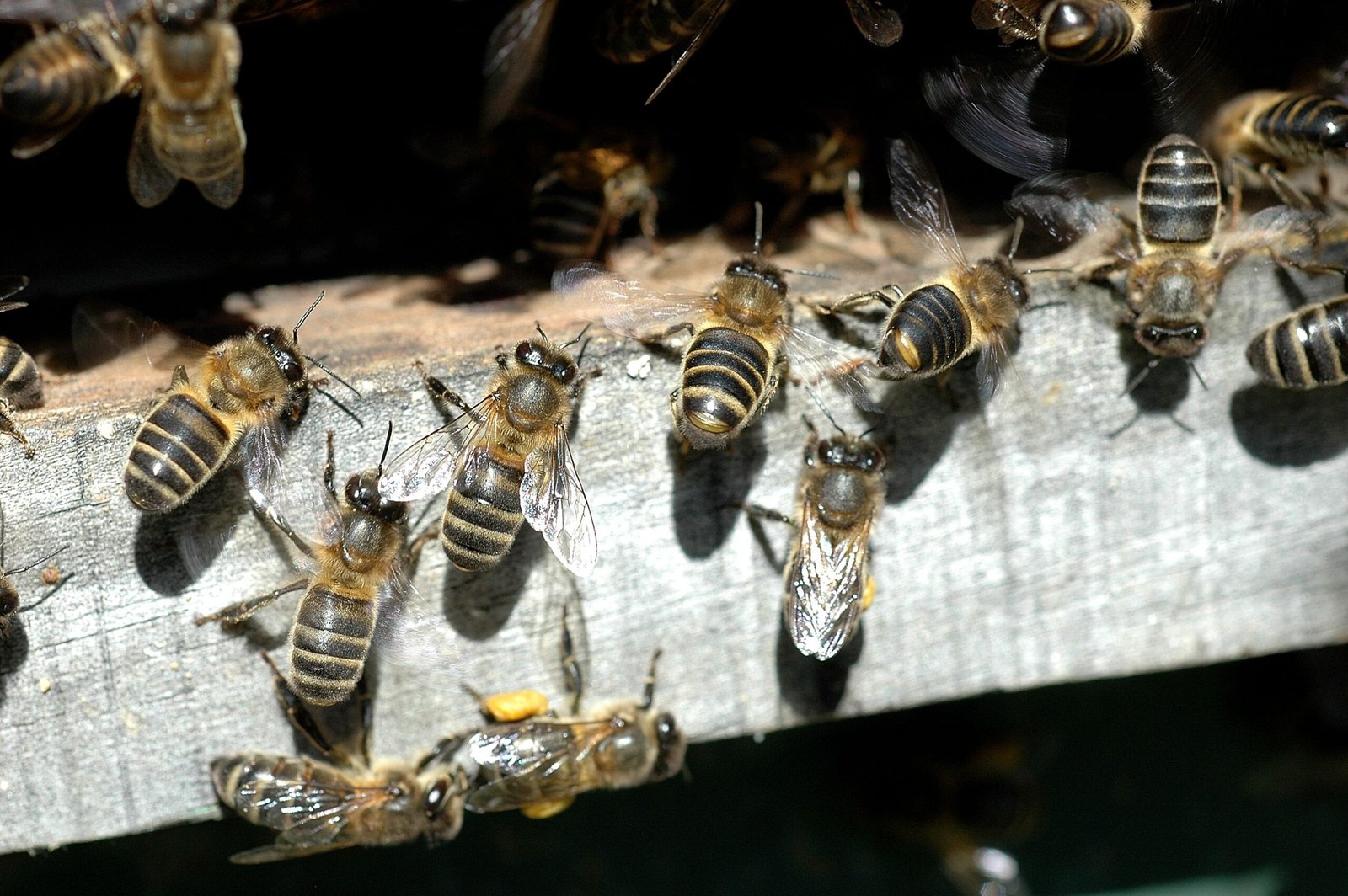
Inside a hive, scent is as important as sound. Bees communicate using pheromones—chemical signals that can warn of danger, mark paths, or signal the queen’s presence. A single whiff can trigger a frenzy of activity, from swarming to defending the hive. These invisible messages keep the hive running smoothly, binding the colony together in a web of trust and urgency. For a scientist, studying bee pheromones is like decoding a secret language written in the air.
Building the Comb: Hexagonal Wonders
The honeycomb is nature’s masterpiece—an endless array of perfect hexagons, built by thousands of tiny architects. Each cell is precisely shaped to store honey, pollen, or developing bees. The hexagon is not just pretty; it’s mathematically efficient, using the least wax for the most space. Wax is made by the workers, who consume honey, then secrete flakes from special glands. The whole process is a marvel of teamwork and precision, turning a simple substance into the hive’s beating heart.
Pollen and Nectar: The Hive’s Lifeblood
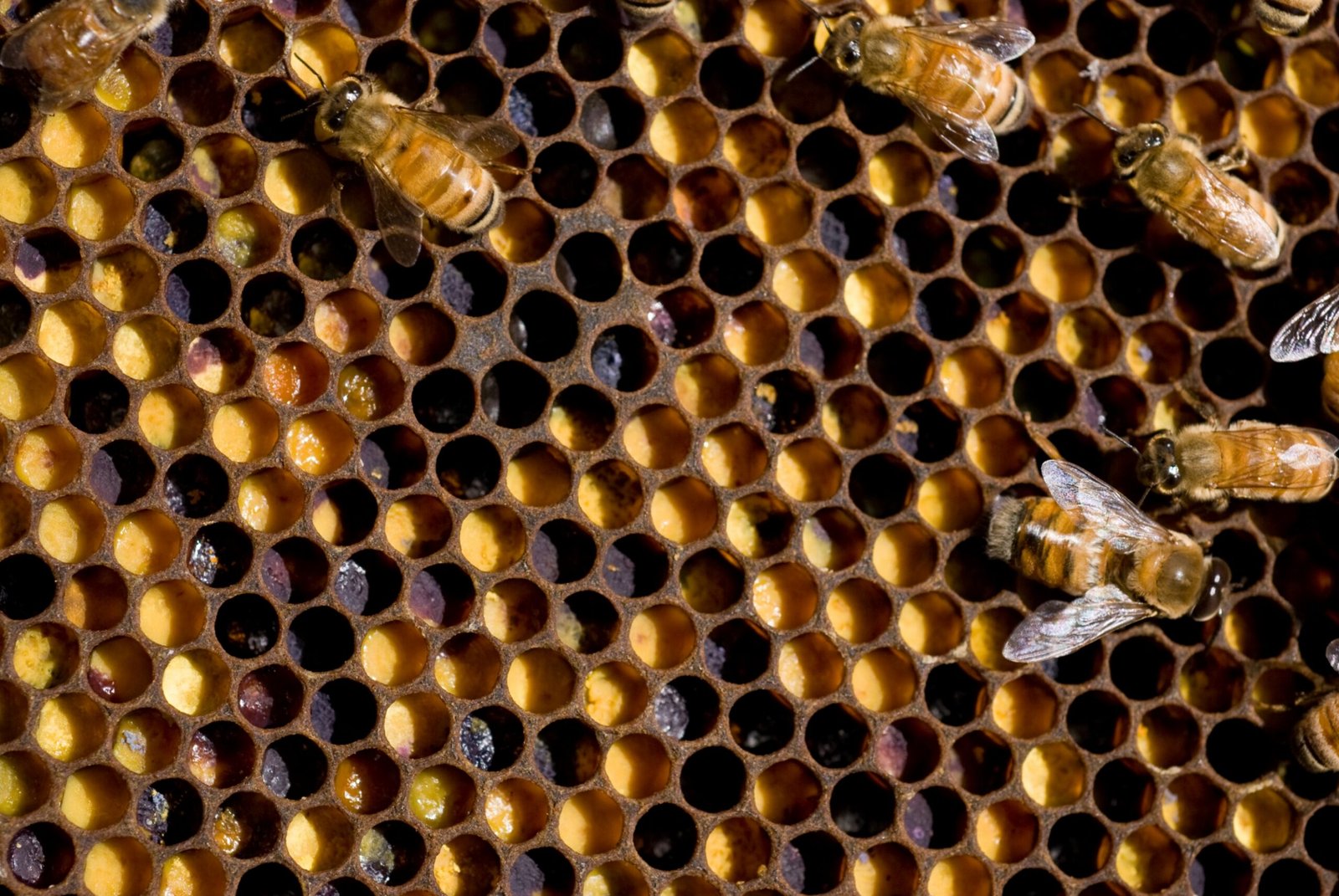
Pollen and nectar are more than food—they are the reason bees and flowers have danced together for millions of years. Foragers collect nectar to make honey, a sweet, golden energy source that powers the hive through lean times. Pollen, packed with protein, feeds developing larvae and keeps the colony strong. Watching a bee dusted in pollen is like seeing a gold miner strike it rich—each trip fuels not just the hive, but pollinates the world around it.
Pollination: Planet Earth’s Unsung Service
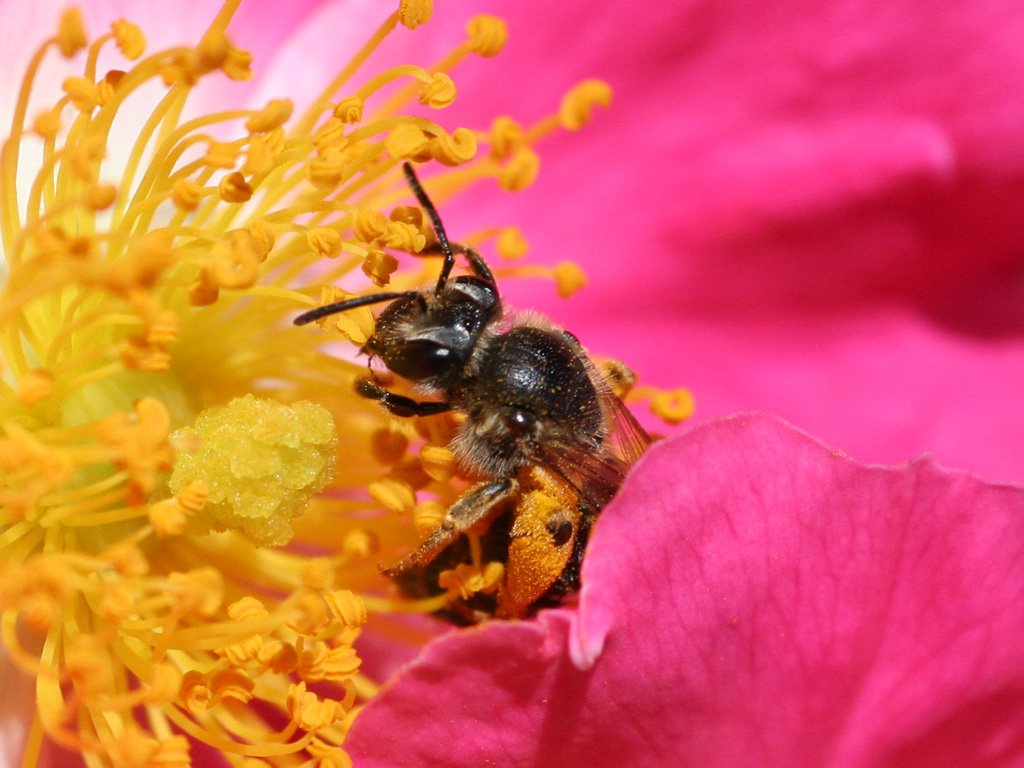
Bees are the world’s tireless pollinators, making possible one out of every three bites of food we eat. As they flit from flower to flower, they carry pollen and ensure plants can produce fruit, seeds, and nuts. This service is worth billions of dollars to agriculture, but its true value is immeasurable—without bees, orchards and fields would fall silent. Their quiet work sustains wild ecosystems as well, supporting birds, mammals, and countless other species.
Threats to the Hive: Modern Dangers

Despite their ancient resilience, bees face unprecedented challenges today. Pesticides, habitat loss, climate change, and diseases like Varroa mites have decimated populations worldwide. Some regions report hive losses of up to 40% in a single year—a crisis that has sparked global alarm. The causes are complex and often intertwined, making solutions elusive. Yet the plight of bees has united farmers, scientists, and everyday people in a race to turn the tide.
Colony Collapse Disorder: A Silent Crisis

Colony Collapse Disorder (CCD) is a haunting phenomenon where worker bees vanish, leaving behind a queen and a few survivors. The causes are still debated, but pesticides, parasites, and stress are all suspects. CCD first made headlines in the early 2000s, and its specter still hangs over beekeeping today. The mystery has pushed researchers to probe deeper into hive health, and ordinary people to rethink how their choices impact the tiny lives in their gardens.
Beekeepers: Guardians of the Hive
Beekeepers are more than honey harvesters—they are stewards, scientists, and sometimes even therapists for their hives. With gentle hands and keen eyes, they watch for signs of illness, queenlessness, or overcrowding. Modern beekeeping blends tradition with cutting-edge research, from monitoring hive temperature to breeding resistant bees. These dedicated individuals often speak of a deep bond with their bees—a friendship rooted in respect and wonder.
Urban Beekeeping: Hives in the City
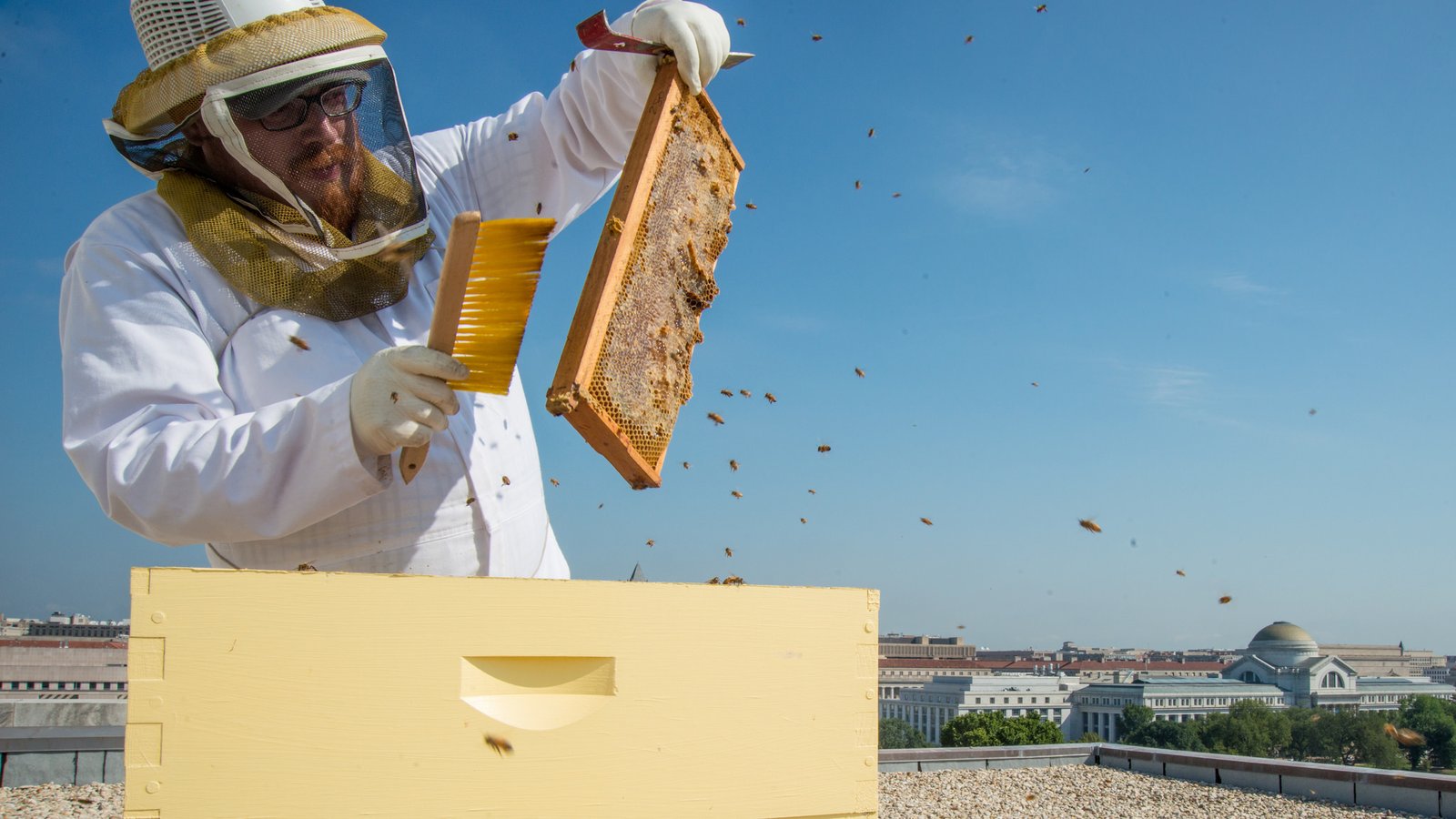
Once found only in rural fields, hives are popping up on city rooftops and balconies. Urban beekeeping has surged in popularity, bringing fresh honey and pollination to concrete jungles. Cities offer surprising advantages: diverse flowers, fewer pesticides, and a curious public eager to learn. Still, urban hives face unique challenges like heat stress and limited forage. Despite this, city bees thrive, reminding us that nature can find a foothold even in the busiest places.
Bee Intelligence: More Than Instinct
Bees are often viewed as simple creatures, but their intelligence is quietly remarkable. Studies have shown they can count, recognize human faces, and even solve basic puzzles. Their ability to learn and remember is crucial for foraging and navigation. Some scientists believe that observing bees could even inspire new approaches to robotics and artificial intelligence. Every discovery challenges us to rethink what a tiny brain is truly capable of.
Bees in Myth and Culture
From ancient Egypt to modern art, bees have symbolized everything from royalty to hard work. The Greeks believed bees were messengers of the gods; medieval Christians saw the hive as a model for society. Today, bees appear on flags, coins, and logos, their image tied to community, prosperity, and sweetness. Their presence in myth and culture reflects a fascination that stretches across centuries and continents.
Honey: Liquid Gold
Honey is more than a treat—it’s a miracle of chemistry and teamwork. Bees transform floral nectar into honey using enzymes and evaporation, sealing it away for lean times. Each jar tells a story of place and season, with flavors ranging from light clover to rich buckwheat. Honey has fed humans for millennia, used as food, medicine, and even currency. Its golden glow captures the sun and the labor of thousands.
Medicinal Marvels of the Hive
The hive is a pharmacy as well as a pantry. Propolis, a sticky resin gathered by bees, has natural antibiotic properties. Royal jelly, the queen’s exclusive diet, is prized for its nutrients. Even bee venom is being studied for its potential to treat arthritis and other illnesses. These natural products connect us to a long tradition of using the hive’s bounty for health and healing.
How You Can Help: Bee-Friendly Choices
Supporting bees doesn’t require a hive in your backyard. Planting native flowers, avoiding pesticides, and providing water sources can make a world of difference. Small acts—like buying local honey or supporting bee conservation groups—add up. Even a single window box can become a haven for pollinators. By making thoughtful choices, anyone can become an ally in the fight to protect bees.
A Glimpse Into the Future of Bees
The future of bees hangs in the balance—yet there’s hope. Advances in genetics, disease management, and habitat restoration are opening new possibilities. Citizen scientists track bee populations from their gardens, and schools teach kids the marvels of the hive. While challenges remain daunting, the resilience of bees and the passion of their protectors light a path forward. As we celebrate World Bee Day, the hive mind stands as a beacon of cooperation, adaptability, and wonder.




